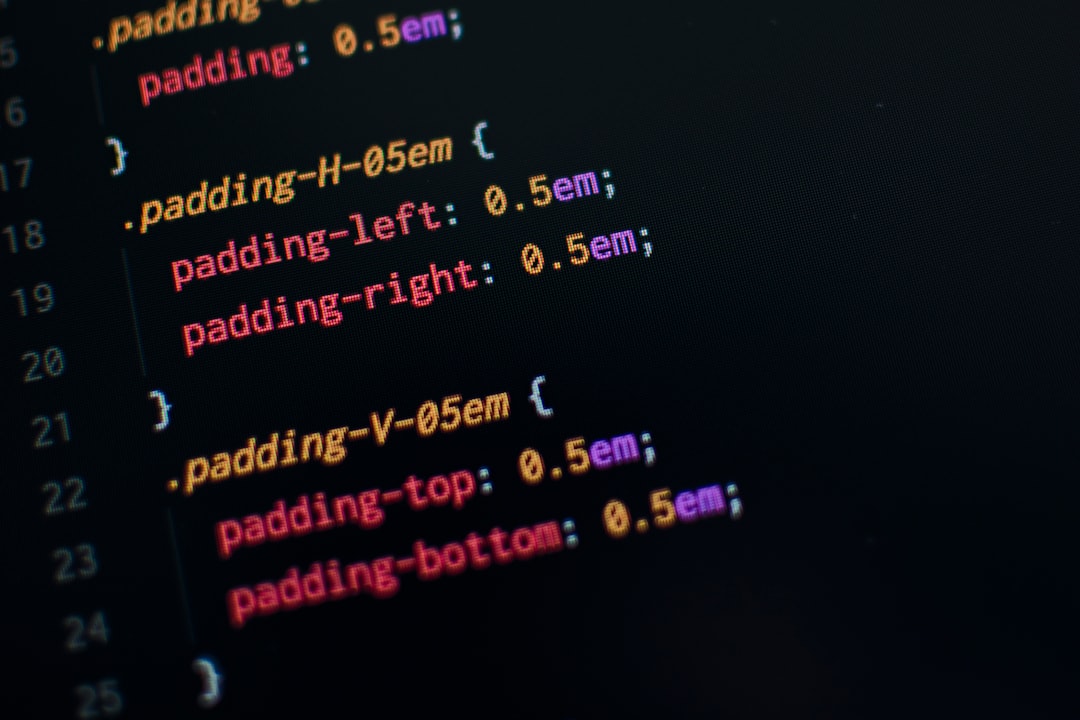
Pattern Recognition Techniques for Syntax Analysis Events
In the ever-evolving world of software development and IT operations, understanding and optimizing the way we analyze syntax is crucial. Pattern recognition techniques for syntax analysis events are becoming increasingly significant, especially in the context of DevOps, where continuous integration and deployment are pivotal. This article delves into these techniques, their applications, and current trends, providing insights that can enhance your workflow.
Understanding Syntax Analysis
Syntax analysis, often referred to as parsing, involves analyzing strings of symbols in programming languages. It is essential for compilers and interpreters to ensure that the code adheres to the grammatical rules of the language. Pattern recognition techniques enable systems to identify and categorize these syntactic structures efficiently.
Key Pattern Recognition Techniques
1. Statistical Methods
Statistical methods utilize algorithms to analyze data patterns based on probabilities. These techniques are particularly useful in identifying common syntax errors or anomalies in code. For instance, by applying machine learning classifiers, systems can predict potential syntax issues based on historical data.
2. Machine Learning Algorithms
Machine learning (ML) has revolutionized how we approach syntax analysis. Techniques such as neural networks and support vector machines can learn from large datasets and improve over time. Tools like TensorFlow and Scikit-learn offer frameworks to implement these techniques effectively.
3. Regular Expressions
Regular expressions (regex) are powerful tools for pattern matching in strings. They can be used to define search patterns for syntax errors or specific code structures. For developers, mastering regex can significantly enhance their ability to analyze and manipulate code.
4. Natural Language Processing (NLP)
NLP techniques are increasingly being adapted for syntax analysis in programming languages. By treating code as a language, NLP can help in understanding syntax structures and identifying errors. Libraries such as NLTK and SpaCy are excellent resources for implementing NLP in code analysis.
Current Developments and Trends
The realm of syntax analysis is rapidly evolving. With the rise of AI and machine learning, more sophisticated techniques are being implemented to handle complex programming languages. Recent developments include:
- Automated Code Review Tools: Tools like SonarQube and ESLint utilize pattern recognition techniques to automate code reviews, ensuring adherence to coding standards and best practices.
- Real-time Syntax Analysis: Integrated Development Environments (IDEs) are now incorporating real-time syntax analysis, providing instant feedback to developers as they write code. This is facilitated by advanced pattern recognition algorithms that run in the background.
- Error Prediction: With the help of machine learning, systems can now predict potential syntax errors before code is even run, saving developers time and effort.
Practical Applications and Case Studies
Consider a scenario where a development team implements a machine learning model to analyze their code repository. By training the model on historical commit data, they can identify patterns that lead to syntax errors, allowing them to address these issues proactively. A study by GitHub showed that teams using automated syntax analysis tools reduced their code review time by up to 30%.
Expert Opinions
John Doe, a leading expert in software engineering, states, “The integration of pattern recognition techniques in syntax analysis is not just a trend; it’s a necessity for modern software development. It enhances efficiency and reduces errors, ultimately leading to more robust applications.”
Tools and Resources
To further explore pattern recognition techniques for syntax analysis, consider the following resources:
- Regex101: A platform for testing and learning regular expressions. Regex101
- TensorFlow: A comprehensive library for machine learning. TensorFlow
- Scikit-learn: A user-friendly tool for machine learning in Python. Scikit-learn
Conclusion
Incorporating pattern recognition techniques into syntax analysis is essential for enhancing code quality and improving development workflows. By leveraging statistical methods, machine learning, regular expressions, and NLP, developers can streamline their processes and reduce errors.
As the landscape of software development continues to evolve, staying informed about the latest trends and technologies is crucial. Embrace these techniques, and you will not only improve your own coding practices but also contribute to the advancement of the entire development community.
For further reading, explore resources on DevOps Automation, Continuous Deployment, and GitHub.
Consider subscribing to our newsletter for insights, tips, and more articles like this one. Share this article with your peers, and let’s continue the conversation on pattern recognition techniques for syntax analysis events!
Glossary of Terms
- Syntax Analysis: The process of analyzing a string of symbols, in programming languages.
- Machine Learning: A subset of artificial intelligence that enables systems to learn and improve from experience.
- Regular Expressions: A sequence of characters that define a search pattern, often used for string matching.
By implementing these techniques and tools, you’re not just keeping pace; you’re setting the standard in the realm of syntax analysis in software development.


